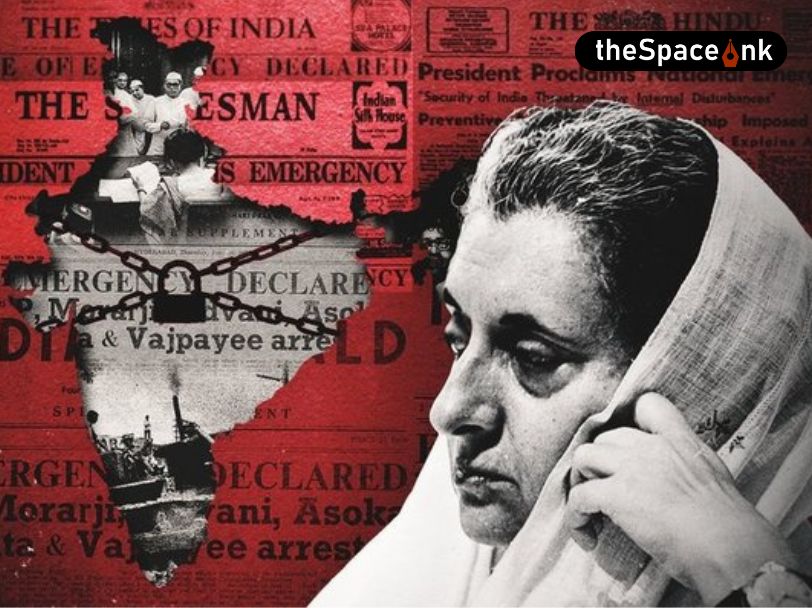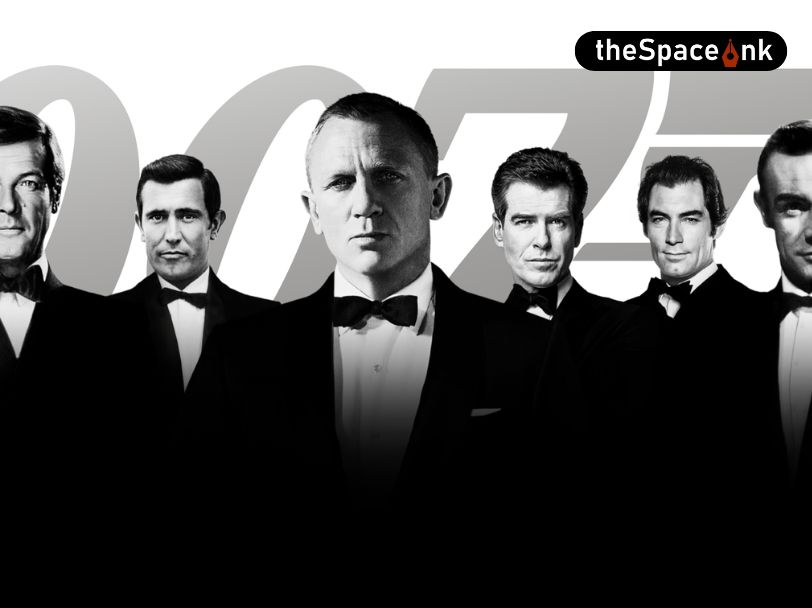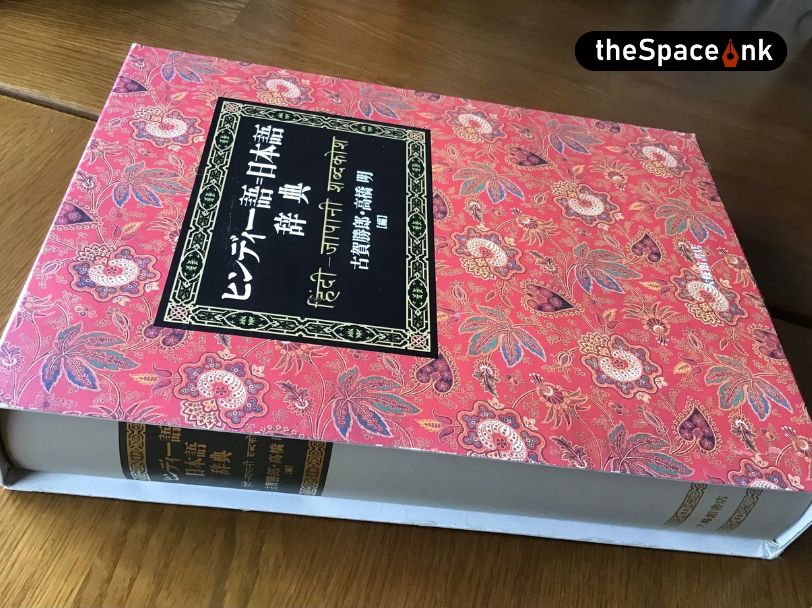Gour, the ageing father in Projapoti held the Bengali audience captive in housefull theatres for weeks on end, in 2022. Mithun Chakraborty, who portrayed the harried widower who cooks for and takes care of his son, is definitely still in command of every role he plays. Mithun Chakraborty turned 72 yesterday, on 16 June 2023. He has captured the hearts of millions of cine-lovers both in Bollywood and Bengali cinema and has been doing so for the past four decades. According to Ujjaini Roy, “Mithun is innately watchable as an ageing father with the same insecurities as many other single, older parents. The actor has always been an effortless performer; while he can draw applause with a larger-than-life Fatakeshto, he can also deliver big emotional moments. If ended up getting repeat audiences, Mithun probably merits most of the credit.”
Can we label Mithun as the reigning guru of Tollygunge’s mainstream cinema who constantly gives younger heroes like Prosenjit and Jeet a run for their money? Probably. He is the only star-actor in Bengali cinema who triumphantly walks the tightrope between mainstream and off-mainstream cinema having bagged three national awards in his portfolio. He never restricts himself to mainstream cinema. His debut film was Mrigaya (1976), directed by Mrinal Sen which fetched him his first National Award for Best Actor. Mrinal Sen had seen his picture somewhere and chose him to play the male lead of the unlettered and ignorant tribal boy in Mrigaya. The role fetched Mithun his first National Award for Best Actor.

When asked about his work in Mrigaya Mithun said, “The first feeling is one of deep gratitude towards Mrinal-da who placed his faith in me and drew the best out of me. The second is the surprise when I learnt about the award. Over time, I won two more. I have played every role that an actor can conceive of from a disco dancer to a boxer to jallad (hangman) to God. It has been a long journey and I look back on the years happily, the struggle in the formative years has been worth it.”
Also read: Mrinal Sen: Centenary Tribute
Recalling his childhood days, Mithun once said: “As a boy, during my school holidays I would love to visit the village Jogran near Kulin in Burdwan district. I would spend time with the peasants, fishermen, etc. I almost lived with them, ate puffed rice with jaggery, went fishing etc. The memories of the people I spent time with are saved in the hard disk of my mind. I draw on them and you will be surprised, it works wonderfully even in mainstream films.“
Over his long career, Mithun has managed to break every rule in the Bollywood book. When he came to Mumbai in the sleeper coach of a Howrah-V.T. (now Chatrapati Shivaji Terminus) train, no one would have given him a passing glance. He had neither the looks of an Amir Khan nor the charisma of a Rajesh Khanna. He did not have the golden baritone of the Big Bachchan. He lacked ‘class’ and did not have any film-family to fall back on. He was distanced from the Bengali bhadralok persona. His Hindi was atrocious and his voice had an unpleasant grate to it. He was not an elite and had zero friends in Bollywood.

He was rootless, friendless and could only land the role of an ‘extra’ in Do Anjaane. Yet, within a short time, he ignored labels like ‘the poor man’s Amitabh Bachchan’ to become a star of some reckoning having mastered the skill of fighting onscreen and the art of dancing.
Mithun also broke the female monopoly over disco dances and item numbers as one of the best dancing heroes in Bollywood pioneering a movement that is still on. Gol Maal 3 used clips from his dance shots from Disco Dancer, a fine tribute to an actor. His career-graph has been a massive zig-zag on a large balance sheet where the flops at one time, surpassed the hits. He was once dubbed the biggest flop star in Bollywood for having brought about 35 flops within a year. But Mithun survived. The two B. Subhash films Dance Dance and Kasam Paida Karne Wale Ki fared miserably but his popularity was on an upward climb.
His versatility is legendary. From the country bumpkin in Jaag Utha Insaan through a boxer hell-bent on resurrecting the career of his alcoholic father in Boxer (1984) to the delightfully funny and adventurous Krishnan Iyer “Yem Yel Yay” in Agneepath (1990) and the part-sane, part-lunatic ex-prisoner Shibnath in Tahaader Katha (1992) which fetched him the National Award once again, Mithun has a sterling repertoire. He won another National Award for portraying Ramkrishna Paramhamsa in Swami Vivekananda. His portrayal of a ventriloquist caught in the trap of political propaganda in Gautam Ghose’s Gudia (1997) was brilliant. But no one noticed it because the film was never marketed properly.
I have played every role that an actor can conceive of from a disco dancer to a boxer to jallad (hangman) to God. It has been a long journey and I look back on the years happily, the struggle in the formative years has been worth it.
Mithun Chakraborty
He is one of the rarest of switch-on-switch-off actors on the Indian screen. Asked how he manages this when he is shooting at the same time for polarized films like Mani Ratnam’s Guru (Hindi) and Partho Ghosh’s Rehmat Ali (Bengali), he said, “It is not difficult for an actor who has been in the profession for more than four decades. It comes with long practice and with experience. Practice, for me, is the bottom line. If I cannot switch on and off from one role to another, I have no right to call myself an actor, do I? Besides, for a totally commercial film, there is practically no homework to be done. I speak the same lines in similar situations but maybe, I use a different approach. To be frank, we have approximately five storylines that cover every kind of film within the mainstream. One just changes the permutations and combinations to give a certain slant to a given script to make it a little different from the others. I have a tagline in Bengali commercial films and they have done wonders to the box office value of the films. I have one in Rehmat Ali too; (laughs) Naamer aage Rehmat, pawre Ali, Sare jannat Bajaye Taali. The audience loved these tag-lines.”

Asked how he interprets his roles, Mithun said, “I first look at the framework the director gives me and the script contains. Then I add my own inputs without diverting from the model the director has provided me with. Within that framework, I play around with dialogue, costume, tag-line, make-up and so on. I am a very irritating actor. I keep on asking too many questions till I am satisfied with the answers. I have to be very clear-cut. If a director is not familiar with my approach to work, he can go crazy. When you play a certain character, you have to be in it. I cannot move on until I know where the character is going in a film. There has to be uniformity throughout the film.”
Mithun sums up the discussion when he says, “I do not want my sons to go through the painful struggle I had to suffer. That is why I have invested outside the industry. When Buddha-da took me for Tahader Katha, it came as a surprise to everyone except me. Many still feel Mithun knows nothing about acting. He is, at best, a disco-dancer. I do not bear any grouse against them. I consider them my well-wishers. They compel me to take up challenges. When a section of the audience rejects me as an actor, it makes me angry but inspires me to take up any kind of challenging role.” That is Mithun Chakraborty for you. Let us wish him a long life and successful projects in the years to come.
Images courtesy: IMDB
Shoma A. Chatterji is a freelance journalist, film scholar and author based in Kolkata. She has won the National Award twice, in 1991 and 2000. She has authored 26 published titles of which 14 are on different areas of Indian cinema. She holds two Masters Degrees and a Ph.D. in History (Indian Cinema). She has also won a few Lifetime Achievement Awards from different organizations over time.








